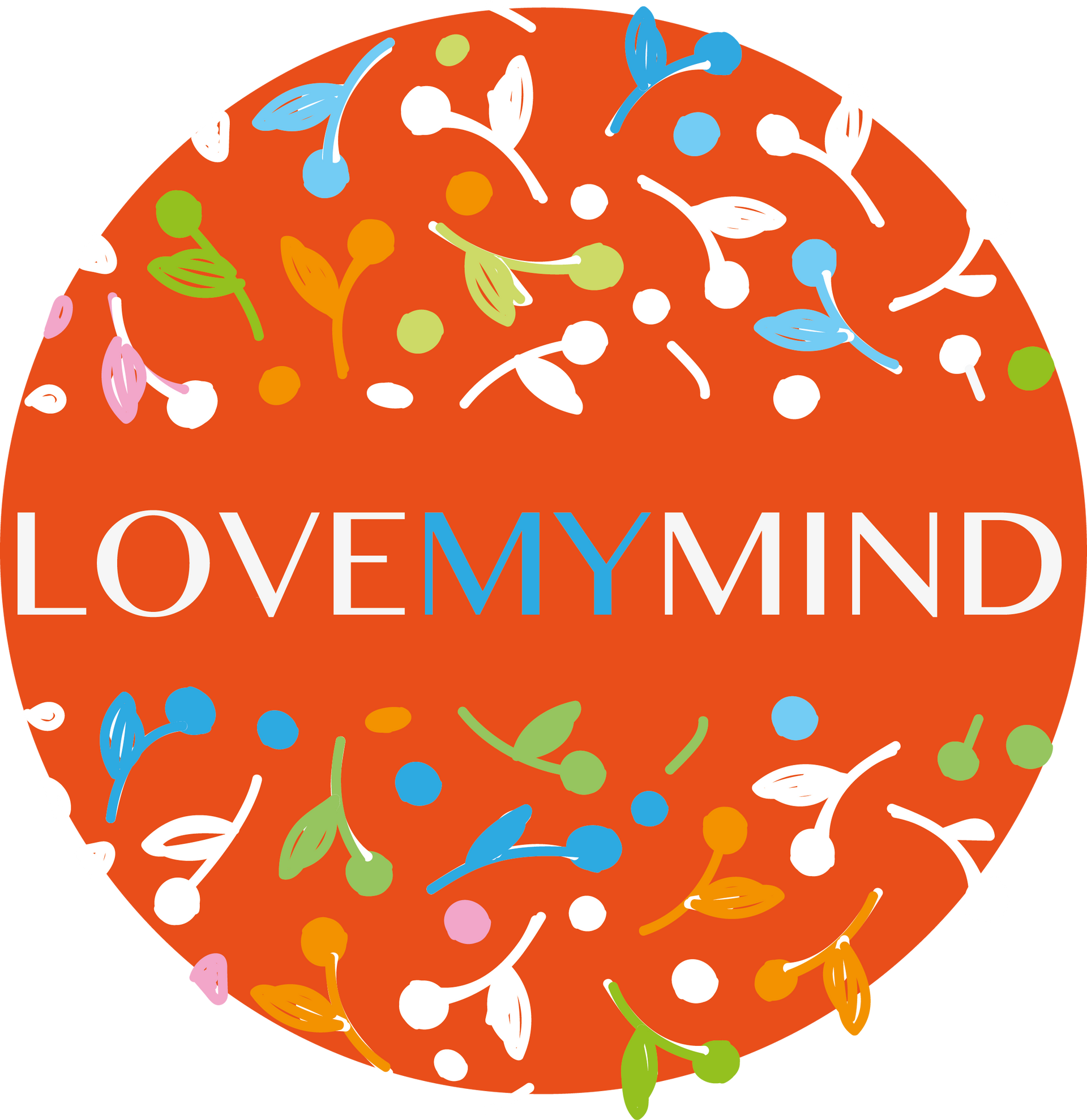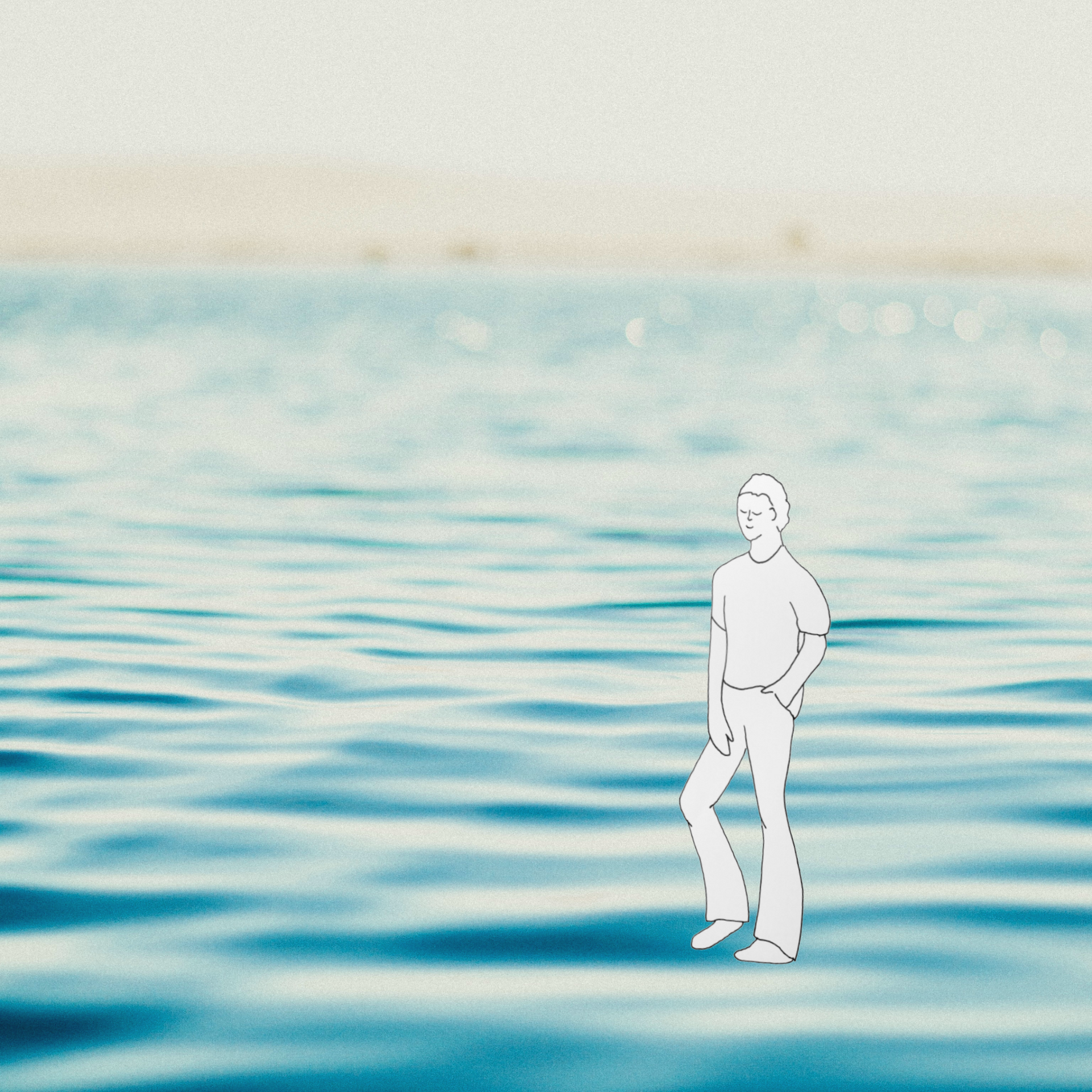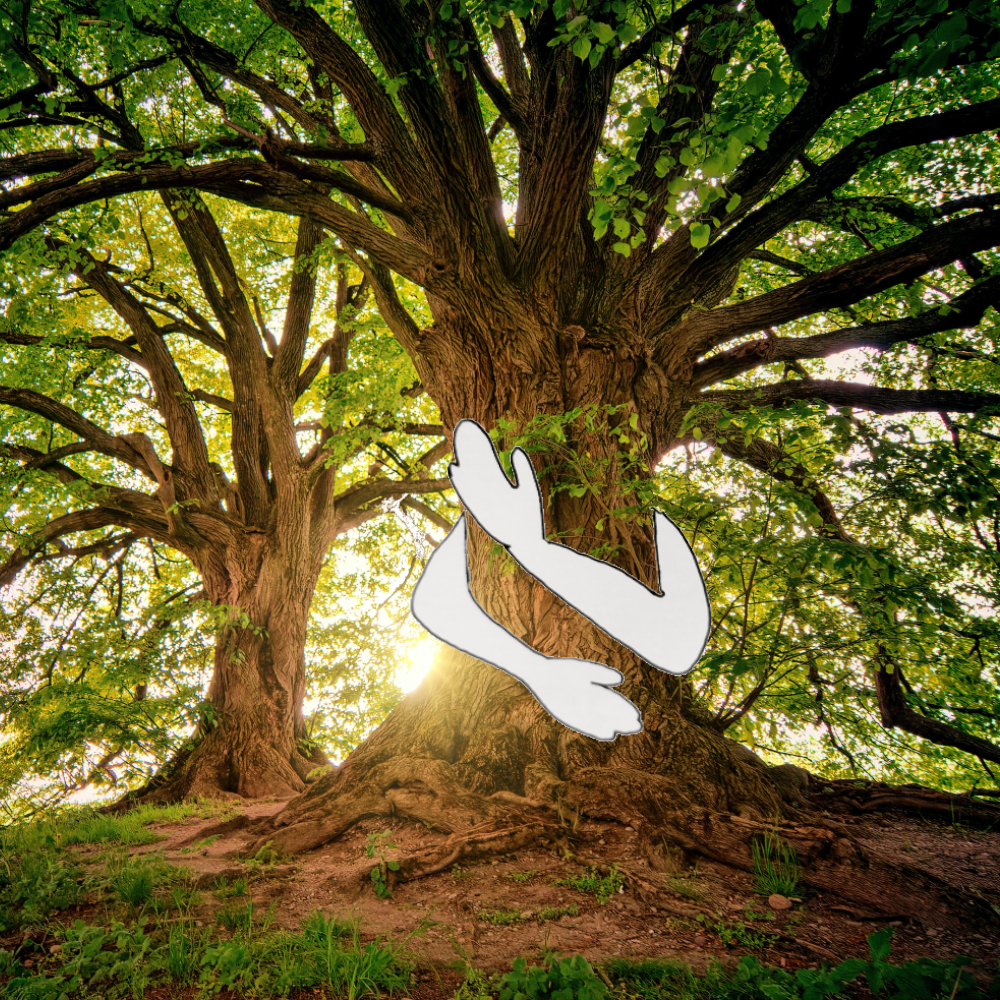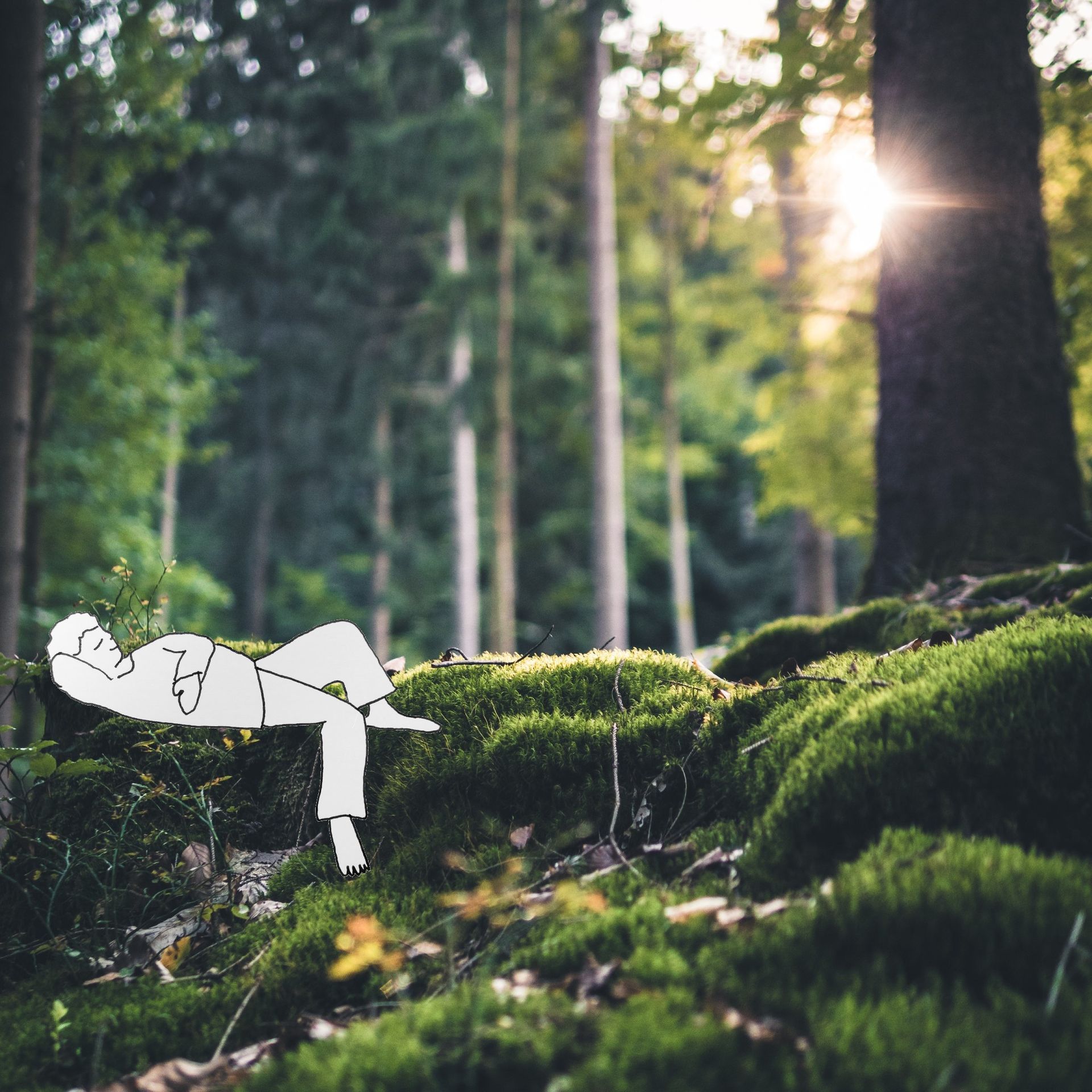AVAILABLE ONLINE OR IN BATH, UK. BOOK YOUR FREE DISCOVERY CALL TODAY - CALL FLEUR ON
07704429577 - EMAIL
fleur@lovemymind.co.uk
That Weekend Feeling!
Thank crunchie it's nearly Friday!
For most of us, this means a whole weekend away from the work routine. Being able to relax, no alarms dictating when we get out of bed, and choosing how we spend our moments, doing what feels good. Whether connecting with friends or family, being restful or productive, having the freedom to be spontaneous and just to be on our own time clock.
Why does this time “off” feel so golden? It basically comes down to routine. When we are in work mode, our brains become very streamlined so they can achieve more. Routine engages automatic pilot mode which aids productivity. We go through the motions when in “work mode”, get out of bed, clean teeth, put on work clothes. These activities are hardly even noticed as they are so embedded into our daily lives. Travel to work, sit in your office, make a coffee, read emails, again, unless something is unusual, these moments are easily forgotten. Chat to colleagues, clients or customers, with routine conversations of “How are you?” “Fine thanks, you?” “Doing anything nice on the weekend?”
No wonder work feels DULL!!! Of course we can’t wait for the weekend! Our brains are so firmly in automatic pilot mode that we barely notice or remember a thing.
My suggestion to you is to get off the grey conveyor belt of work. Shake it up, just a little. Make every day more interesting by doing things in a different order, alter your routine a touch. Take a different journey to work, use a different mug for your coffee. Consciously look through a different lens as you approach each task. Try putting your left shoe on before your right and swap the following day. Being aware of our bodies actions for each mundane task encourages mindfulness and pulls us into each present moment. Give each of your senses a chance to digest by taking an extra millisecond to breathe. Allow yourself to be on a Sensation Scavenger Hunt. Waking up each routine activity by really experiencing it by being in the actual moment.
It’s ok if the feeling of mixing it up is a little uncomfortable, this is because our survival instincts like everything to stay exactly the same. When everything is completely consistent, we do not challenge our comfort zones but we can create a claustrophobic safety net. We have two distinct parts of the brain that we use everyday; the intellectual brain, and the primitive brain. The primitive part of the brain’s job is solely used for protection, and it believes that the dangers around us might still be lions, tigers and bears. This is because it hasn’t evolved since it was created to survive the cavemen era, and thank goodness it was there as without it we wouldn’t be here right now. This part of the brain is not creative or intelligent. It is not concerned about feelings of happiness, fulfilment or joy, so to find contentment in each of our lives we must push the boundaries set by exploring the edges of our comfort zones and allow our intellectual brains the chance to sit in the control seat.
Ideas for your Sensation Scavenger Hunt
How many yellow things can you see on your way to work?.
How many smiles can you witness in an hour of interaction?
How many breaths does it take for the kettle to boil?
How does it feel to alter the order of getting dressed?
How many birdsongs can you hear as you stand outside?
What order do you taste each mouthful of lunch?
What is the nicest smell you can discover today?
How does it feel to touch the floor as you wiggle your toes against it?
How alive do you feel after splashing cold water on your face?
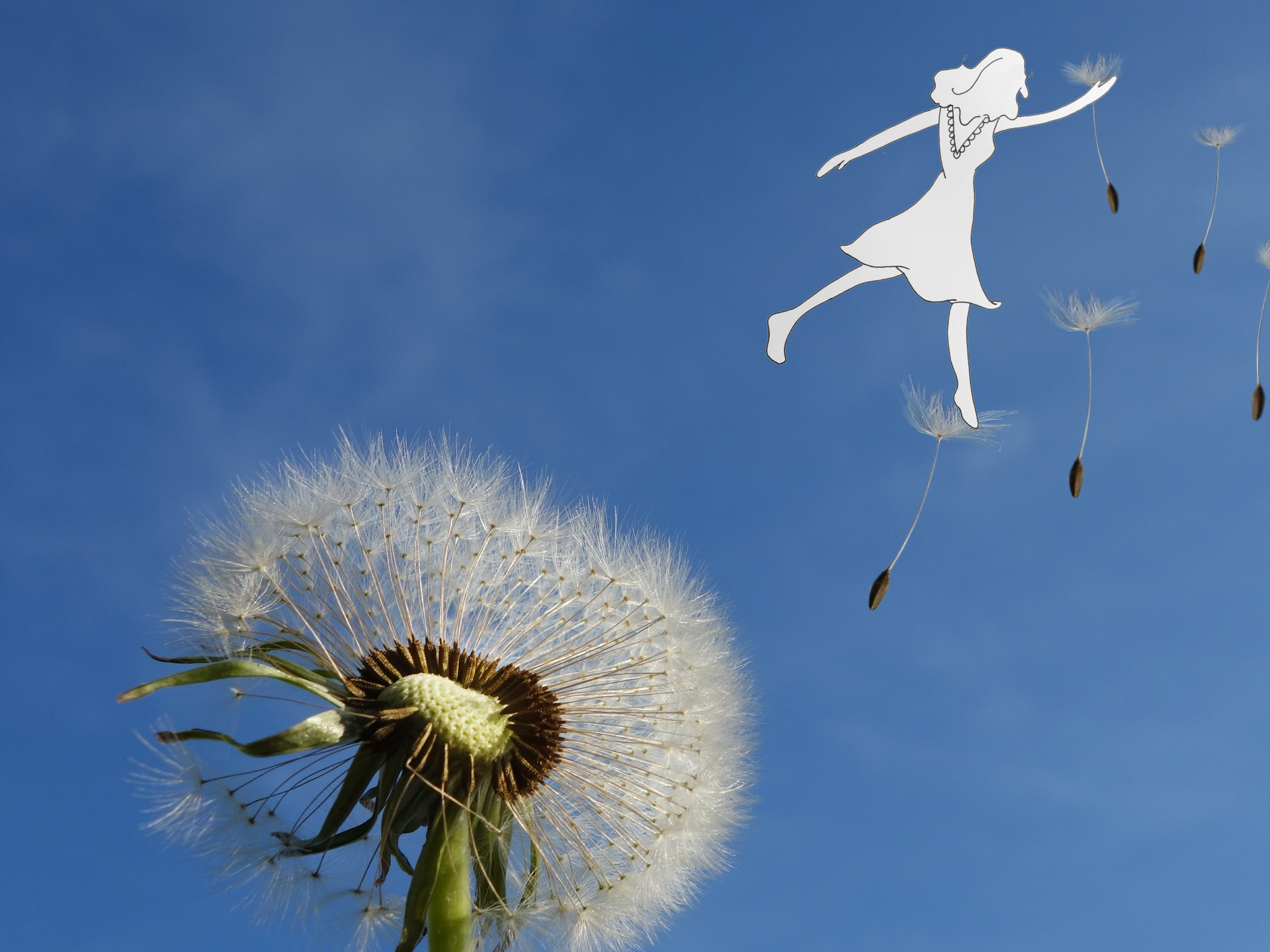
Happy Customers...
-

Highly Recommended!
IT WORKED!!!! After many years of trying and failing to give up I actually can't believe how easy this feels. I've tried most things, including hypnotherapy, before so was quite skeptical about it working on me. Once a smoker, always a smoker was my mantra every time I failed. Fleur not only delved into the nitty gritty of why I smoke and the excuses we tell ourselves, but tapped into my subconscious with a super relaxing hypnosis session. Her colourful and warm personality combined with her beautiful home and professional approach made the experience truly enjoyable. It's early days still, but I feel confident, proud and excited that I can live a healthier, longer life free from smoking. Helen Bath UK
Helen 
It's absolutely helping me
"Fleurs hypnotherapy has given more confidence and it's helping me to understand how I react emotionally in situations. I absolutely would recommend Fleur! She is really lovely and supportive - like a ray of sunshine, easy to talk to and very relaxing. Our sessions are very valuable. I love it when she changes the hypnosis bit to be really specific to me.”
Lisa, Bath UK
Fleur is Fabulous and Calming
“I was looking for better coping mechanisms, and Fleur has helped me cope better with day to day stresses and strains. She was fabulous, very calming yet direct, the sessions felt nearly like a life training session, I’d good to take stock of life on a weekly basis (and the ongoing to do list that never seems to reduce) but would positively address what I have achieved and my next goals to my preferred future.”.
Ali, Batheaston UK
I can finally see the light
“Fleur is calm and caring so I could open my mind. She made me feel at ease and helped me understand my behaviour. I've been battling with my mental health for years but after seeing Fleur, I am starting to see the light. Hypnotherapy has helped me sleep better at night and appreciate the beauty in the world around me. I am able to catch myself in the act of thinking negatively and change that thought, and I am slowly working up the courage to leave the house alone after over a year!”
Cydney, Bath UK
Truly Life Changing
Fleur helped me get over my fear of thunder and lightening, three sessions and just like that, I no long have anxiety when I hear a rumble. Especially when I live in Australia. I have since been working with Fleur on other personal issues and she is amazing to work with, professioal, kind and knowledgeable. I would thoroughly recommend her to anyone.
Karen, Australia
Working with Fleur has been an absolute delight.
It’s a sensory journey just being with her in her home, but also with the hypnotherapy work we’ve done together. I say ‘together’ because she has been with me for every moment, held me through some really difficult stuff and given me, not only hope, but real tangible solutions..
Having been forced to change my life due to chronic illness and anxiety, I was feeling very stuck and despondent from trying so many methods to healing, all with varying success. Fleur also sought out additional practices to help me with my chronic illnesses, Fibromyalgia and ME/CFS. Tailoring the treatment to her client every session.
I am so glad I took the leap and got started with Fleur.
I still need to actively use the tools I’ve been given, but I honestly just feel so differently about stuff. In 8 sessions you’ve changed my life.
I’m forever grateful Fleur, THANKYOU X
Rose, Bath UK
Fleur helped me enormously during a very difficult time
I was experiencing anxiety, panic attacks and OCD symptoms.
I really enjoyed our sessions and Fleur made me feel comfortable and relaxed throughout. Thanks to her expertise, compassion and positive outlook I have learned coping strategies that I can use for life 🙂
Letts UK
Fleur really helped me to get out of quite a dark place.
Lots of anxiety, low mood, unable to think, focus, function… significantly easier after just two sessions but I feel that the course of 4 sessions has given me a toolkit to dip into and I am looking forward to joining in to calm club to help with my ongoing mental health and well-being.
Fleur’s approach is professional, caring and just lovely and really does bring the joy back.
Georgina UK
Fleur is an awesome therapist
She will literally bring colour into your life. I worked with Fleur for a year and she really made a big difference to my outlook on life. We slowly untangled through a web of my own problems/ insecurities. My fundamental perspectives have shifted and that is helping me live a more peaceful everyday life. I only stopped therapy due to a change in financial status, but I am looking forward to working with Fleur in the future. Thank you Fleur ✨
Kirsty UK
Fleur is great with teens!
Fleur is without doubt the best person my daughter has seen for support. She is so great at what she does. I would really recommend her and what she does.
Sally, Somerset UK
Fleur is an amazing person, she is so kind, caring and supportive.
Before I met Fleur I had crippling anxiety and did not believe in myself and my capabilities.
I quit a uni module because my anxiety took over. I then met Fleur and she got me through it. I walked into my role play exam and did it with minimal anxiety and passed! I believe to this day without Fleur I would of never done this.
I'm onto my next module now and I had no anxiety when preparing for a presentation and I have an exam coming up...and I feel confident about this.
Jo, UK
All Rights Reserved | LoveMyMind
